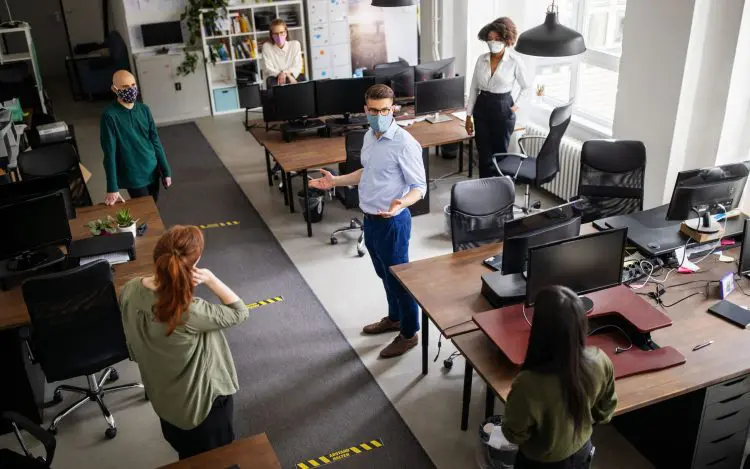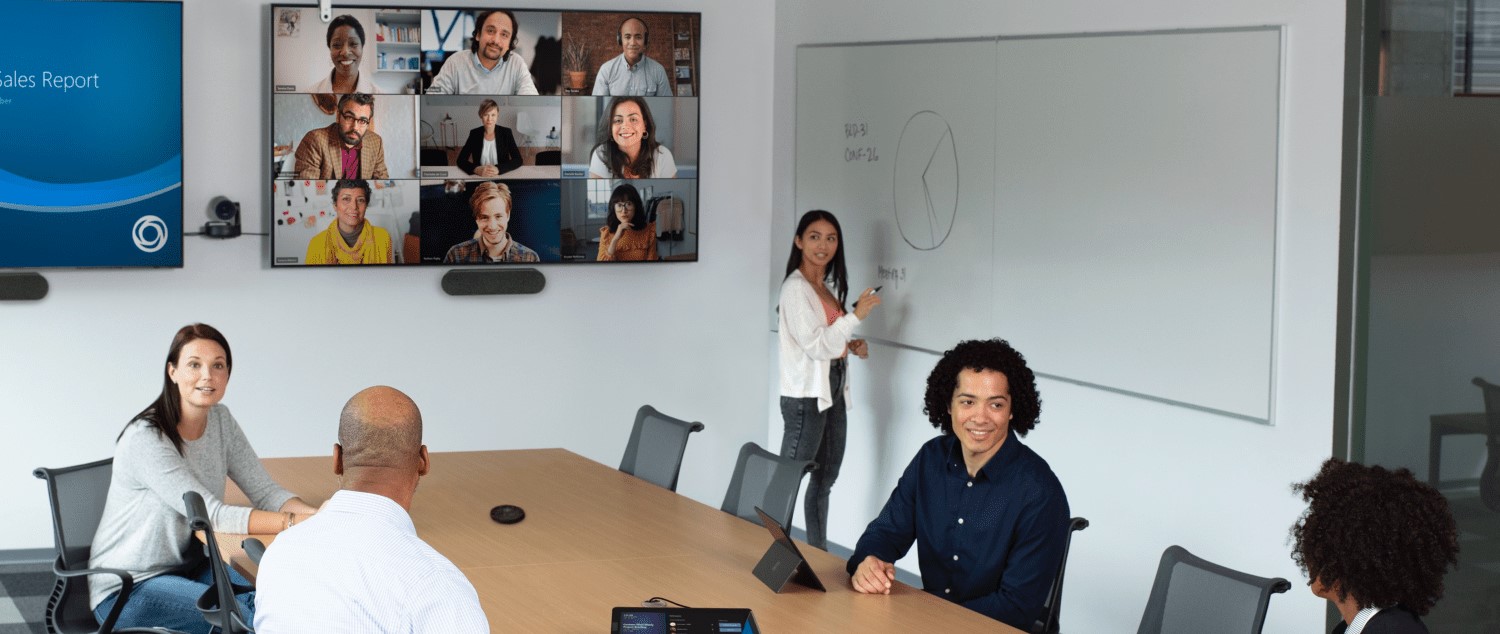COVID-19 was a watershed moment in history that challenged society and its ways and signalled a major shift in business operations. Even those organizations that have once denounced remote work like Yahoo and HP had to enable remote work.
As we move into the ‘next normal’ characterized by a hybrid work environment, we must take into consideration all those factors that kept organizations from embracing this working format in the pre-pandemic era.
One of the key reasons that organizations were unfavourable towards remote working was the perceived disbalance it brought to the company culture. Many organizations thought that enabling remote work or having virtual employees risked the emergence of two organizational cultures – one where in-person employees and managers reap the benefit of co-location and in-person collaboration while the virtual workers languish and feel disenfranchised as victims of unintentional behaviours.
When organizations fail to enable and empower employees and do not provide equal opportunities for collaboration and success, organizational performance suffers significantly.
Here are some of the challenges in employee enablement and collaboration that organizations could face now that the next normal has become the present.
Relationship building
While the hybrid workplace provides convenience, it does not offer teams and managers the opportunity to leverage the impromptu moments that build trust. Fostering deep and meaningful workplace relationships feel like a challenge with interactions between on-site and virtual personnel often feeling strained and awkward.
Such an environment is not conducive to employee engagement, experience, enablement, or collaboration. Regular interactions, optimized face time, virtual meet-and-greets, and other such intentional efforts become tools that help in building connections. However, sub-optimal virtual experiences do more harm than good and create greater disharmony since virtual teams then feel less important.
A study by Microsoft discovered that 17% of workers cried with a colleague in 2020. While this is understandable and even common, especially during a pandemic, it sends out a clear message – that teams can work together even if they are not friends. But it is essential that the team members feel supported.
Providing employees access to huddle rooms with high-quality video conferencing capabilities that connect remote employees seamlessly with in-house teams can help all employees build trust bridges by helping them engage more meaningfully with each other. In these constantly shifting times, this helps in building connections and helps the teams feel supported irrespective of their location.
Communication clarity and Information access
Clear communication is an enabler of collaboration across the enterprise. Unless organizations identify ways to blur the lines separating in-premise and virtual workers and establish seamless communication channels, collaboration and consequently innovation will inevitably suffer. Disgruntled employees and frustrated team managers will then be a common occurrence.
Building a hybrid workplace means establishing a remote-compatible culture that provides opportunities to communicate clearly and freely. Thus, establishing a strong technology infrastructure for unified communications and leveraging advanced audio-visual technology can alleviate these concerns by eliminating the barriers to clear communication and collaboration.
Creative, robust and comprehensive unified communication solutions play a big role in driving clear communication and enabling seamless information access across the organization. These solutions allow employees to share content wirelessly from mobile devices and display content simultaneously from up to four different personal BYOD devices.
AV technologies, for example, can even improve the Microsoft Teams experience. With advanced AV solutions such as Microsoft Teams rooms, organizations can drive rich, interactive, lag-free meetings that can be started with one-touch and then be shared with remote participants to improve the video conferencing experience. Teams Rooms allows participants to employ content cameras to share physical whiteboards into the meeting intelligently and provides proximity features like seamlessly transferring the room into a Teams meeting from the employee’s own personal device. With such a solution, (that can also be customized), the team can get the meeting started and get productive in under 60 seconds. The Microsoft Surface Hub, for example, is a comprehensive AV solution that also seamlessly fits into the enterprise narrative today and acts as a bridge connecting remote teams to in-house teams and drives fluid collaboration.
Citizenship status and bias check
In the hybrid setup, organizations have to ensure that all employees, irrespective of their location have Class-A status. Remote employees often feel like second-class citizens because they can’t get a word in or face lags, either video or audio, when in conference calls or team meetings. The remote workforce has to be enabled with the right set of tools and infrastructure set up that minimizes such incidents and ensures smooth collaboration and communication. By enabling the workforce with the right technology set up and advanced audio-visual solutions, organizations eliminate the bias that is often attached with remote teams – that they are not participative enough or cannot collaborate enough.
Cutting-edge technology solutions that enable superior interactions and support all kinds of presentation including small, wireless ones, provide superior sound quality and provide crystal-clear, lag-free sound and video quality to enhance the collaboration experience of all involved. Solutions such as our Zoom Rooms are well-suited to meet these enterprise needs as with this solution, organizations can share multiple desktops simultaneously in the room and provide a variety of simple, wireless sharing options for guests and people on the network.
In Conclusion
A successful hybrid workplace is one where remote employees can participate with equal efficiency as their in-office counterparts. In the post-pandemic workplace, organizations must ensure that they use the right technology and tools ecosystem to build a new shared culture for all employees. They need to make sure that they have the right investments in place that enable employees to collaborate easily and that all employees get a sense of identity, belonging, and social cohesion in this new work environment. This demands a move towards leveraging tech-enabled collaboration – something that organizations realized they needed to move towards even before the pandemic struck.


